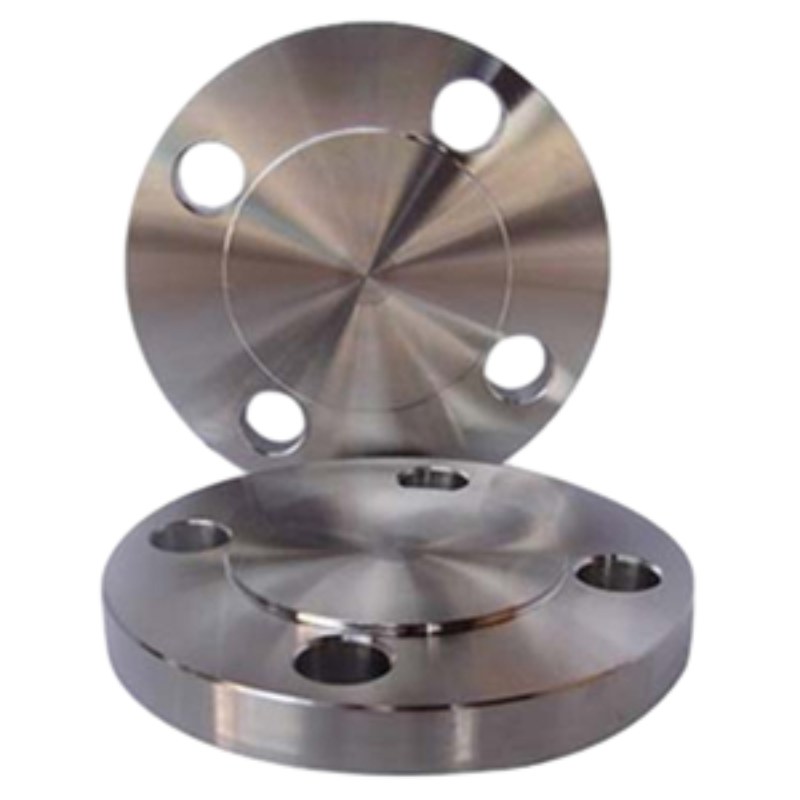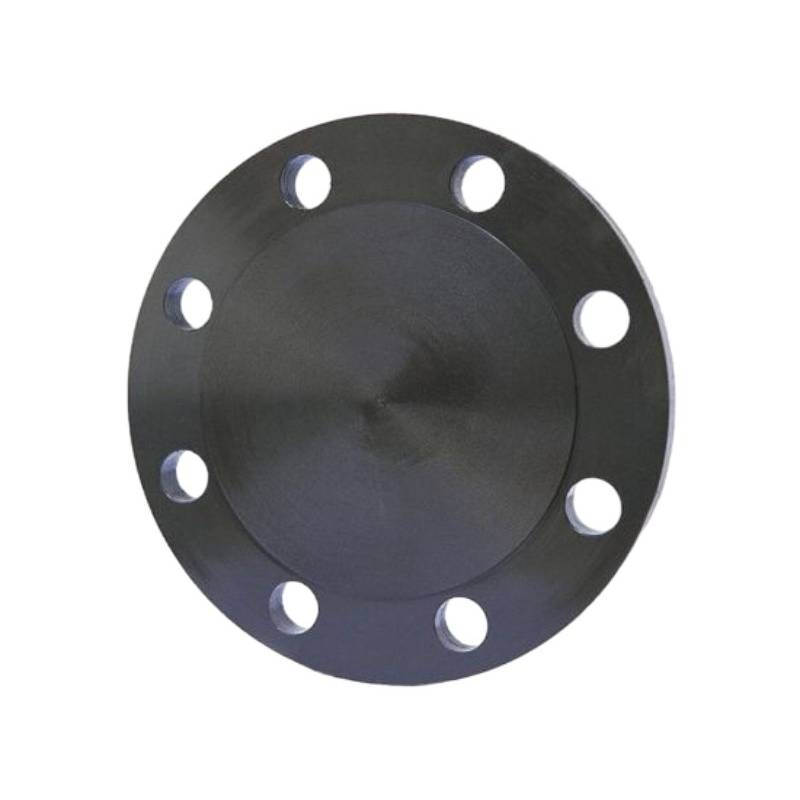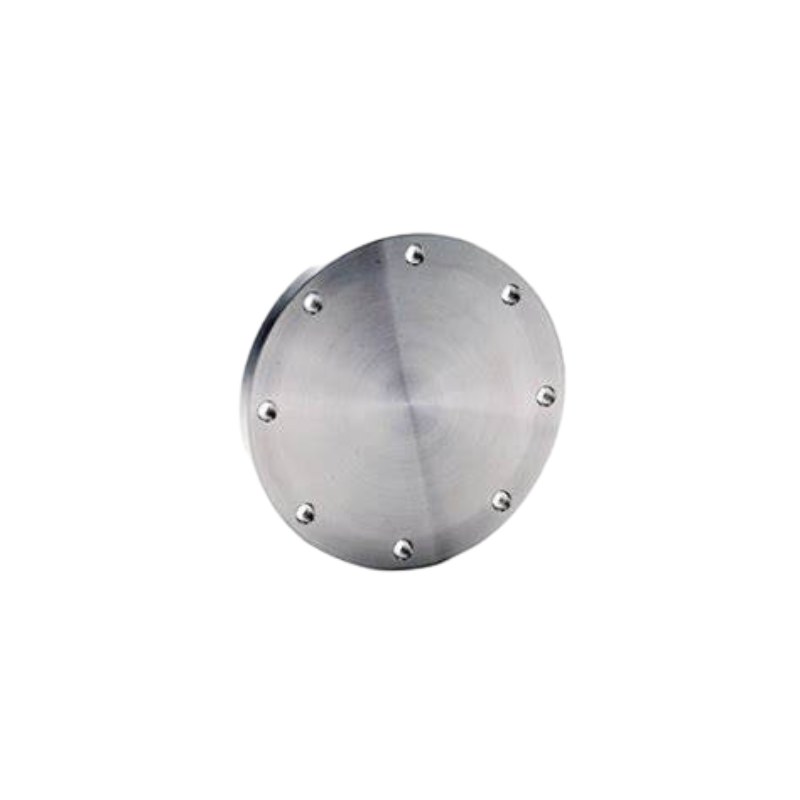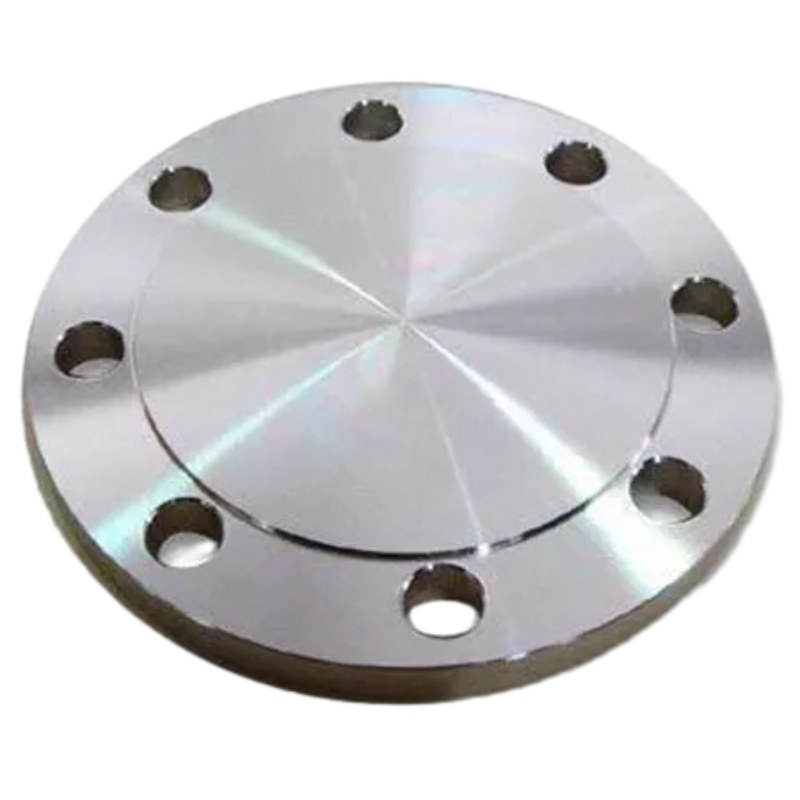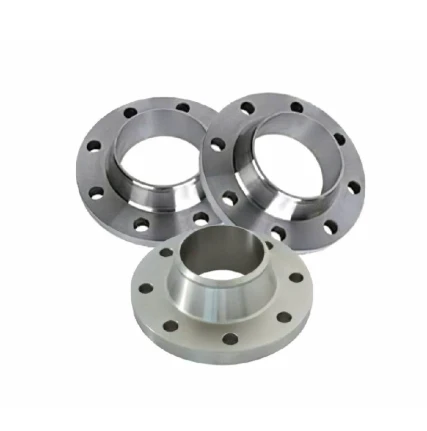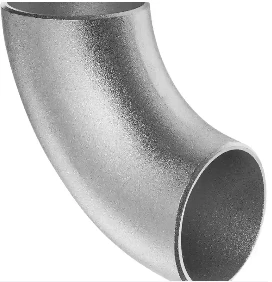-
Robust Design: De GOST 12836-67 Blindflänz huet eng flaach, kreesfërmeg Plack mat gleichméisseg ofgeschniddene Bolzenlächer ronderëm de Perimeter. Dësen Design erlaabt eng einfach Ausrichtung a Bolzen un de passende Flange, déi eng robust a stabil Zoumaache Léisung fir Päifsystemer ubitt.
-
Séchert Versiegelung: Wann um Enn vun enger Päif installéiert ass, erstellt d'flaach Gesiicht vum GOST 12836-67 Blind Flange eng enk Dichtung, verhënnert d'Flëssegkeetsleckage an d'Integritéit vum Päifsystem. Dës sécher Versiegelungsfäegkeet garantéiert eng optimal Leeschtung a Sécherheet, och ënner extremen Operatiounsbedingungen.
-
Villsäiteg Applikatioun: Vun Ueleg- a Gasraffinaderie bis chemesch Veraarbechtungsanlagen a Waasserverdeelungsnetzwierker, GOST 12836-67 Blind Flanges fanne villsäiteg Uwendung iwwer verschidden Industrien. Egal ob fir Isolatiounszwecker, Drocktestung oder temporär Zoumaache benotzt ginn, dës Flanges bidden Zouverlässegkeet an Haltbarkeet a kriteschen Pipesystemer.
-
Haltbar Konstruktioun: Konstruéiert aus héichwäertege Materialien wéi Kuelestol, Edelstol oder Legierungsstahl, GOST 12836-67 Blind Flanges weisen aussergewéinlech Kraaft an Haltbarkeet. Si sinn konstruéiert fir haart Betribsbedéngungen ze widderstoen, dorënner korrosiv Ëmfeld, héich Temperaturen, an intensiven Drock, fir laangfristeg Leeschtung an Zouverlässegkeet ze garantéieren.
-
Präzisioun Engineering: GOST 12836-67 Blind Flanges ënnerleien Präzisiounsbearbeitungs- an Ingenieursprozesser fir strikt Dimensiounstoleranzen a Surface Finish Ufuerderunge ze erfëllen. Dës Präzisioun garantéiert d'Kompatibilitéit an d'Austauschbarkeet mat anere Standardflänzen, erliichtert eng nahtlos Integratioun an Pipingsystemer an miniméiert de Risiko vu Leckage oder Feeler.
-
Einfachheet vun Installatioun: Installatioun vun GOST 12836-67 Blind Flanges ass effizient an einfach, erfuerdert einfach Ausrichtung a Bolzen un de Päifend. Hir standardiséierte Dimensiounen an Design erliichteren eng einfach Integratioun an existent Piping Netzwierker, miniméieren d'Installatiounszäit an d'Aarbechtskäschte.
Schlëssel Features:
- Robust Design fir sécher Zoumaache
- Séchert Versiegelung mat flaach Gesiicht Design
- Villsäiteg Applikatioun uechter Industrien
- Haltbar Konstruktioun fir laangfristeg Leeschtung
- Präzisiounstechnik fir enk Toleranzen
- Einfach Installatioun mat einfacher Ausrichtung a Bolten
Material Selection for GOST 12836-67 Blind Flanges: What You Need to Know
When it comes to GOST 12836-67 blind flanges, selecting the appropriate material is crucial for ensuring functionality, safety, and longevity in various applications. GOST standards, established by the Euro-Asian Council for Standardization, Metrology and Certification, guide the specification of materials to maintain the integrity of piping systems.
Key Considerations for Material Selection:
1. Corrosion Resistance: One of the primary factors in choosing a material for GOST blind flanges is its ability to resist corrosion. Stainless steel (such as 304, and 316) is a popular choice due to its excellent resistance to oxidizing environments. For applications involving aggressive chemicals, alloys like Inconel or Monel are often considered.
2. Pressure and Temperature Rating: GOST blind flanges need to be rated for the specific pressure and temperature conditions they will face. Material selection must align with the service conditions to avoid failure. For high-pressure applications, carbon steel flanges can be suitable, provided they are properly treated or coated.
3. Weldability and Machinability: Depending on installation requirements, the selected material should offer appropriate weldability and machinability. If modifications or on-site fabrication are necessary, choosing materials that can be easily welded is essential.
4. Standards Compliance: Ensure that the materials selected comply with all relevant GOST standards. This not only guarantees quality but also maintains compatibility within the piping system.
5. Cost-effectiveness: While material selection should prioritize performance and safety, cost considerations also play a significant role, especially in large-scale projects. Finding a balance between budget and quality is essential.
Differences Between GOST 12836-67 Blind Flange and Other Flange Standards
When comparing the GOST 12836-67 blind flange with other flange standards, several key differences emerge that reflect the unique characteristics and applications of the Russian standard. The GOST (Gosudarstvennyy Standart) system is a set of regulations and guidelines that govern various industrial products, including blind flanges, which are used to seal off piping systems.
One of the primary differences lies in the dimension and pressure rating classifications. GOST 12836-67 blind flanges are specifically designed according to Russian specifications, with dimensions that may differ significantly from those outlined in ANSI, ASME, or ISO standards. For instance, while ANSI/ASME flanges are typically categorized into nominal pipe sizes (NPS) and pressure classes, GOST flanges feature a unique set of sizes and pressure ratings, making it essential for engineers to select the appropriate type based on regional standards.
Another notable difference is the material composition. The GOST standard emphasizes the use of specific materials that are suited for the harsh Russian climate and industrial requirements. While common materials such as carbon steel and stainless steel are also used in other standards, GOST may specify additional material grades to accommodate unique environmental challenges, including extreme temperatures and corrosive conditions.
Additionally, the manufacturing and testing processes for GOST 12836-67 blind flanges are subject to local industry regulations, which might include stricter quality assurance protocols compared to other international standards. This ensures that the flanges not only meet dimensional specifications but also effectively withstand the pressures and temperatures expected in typical applications within Russia.
In summary, while GOST 12836-67 blind flanges share similarities with other flange standards, their unique dimensions, material requirements, and quality assurance processes set them apart. Understanding these differences is crucial for engineers and designers when selecting flanges for specific applications in diverse geographical locations.






